How film music intensifies emotions: psychological insights
Film music can be much more than mere background music, more than just an illustrative underscore. Film music can influence the emotional reactions of the audience. Through melody, rhythm, texture and harmony, it creates connections between images and people that influence our perception and feelings. “Suddenly pictures say more” is what I like to say. But how exactly does this work? Here are some psychological insights into how and why film music awakens, triggers and intensifies emotions.
The priming effect
Music can act as a so-called “primer” that prepares our brain to feel certain emotions. Music is even a particularly effective tool because the reaction to music is often emotional – and rarely rational. The priming effect can be used very specifically with music for film, TV and advertising. A classic example: an otherwise neutral scene is reinterpreted as melancholy by the music of a string quartet – and then described as such by the viewer. The priming effect is subtle, but very effective because it works emotionally – bypassing reason and rationality.Translated with DeepL.com (free version)
Example
It had to appear somewhere on this website 🙂 The prime example of film music priming is, of course, “Jaws” (John Williams). The equally iconic and menacing “Duuun-Dun … Duuun-Dun …” creates an instinctive reaction during the course of the story – long before the shark appears – because it was inextricably linked with danger, fear and the shark’s fin at the beginning of the film. The musical primer “programs” the audience to expect danger, as it were.

Leitmotifs and repetition
The priming effect just described clearly shows that concise motifs and their repetition are an effective psychological tool in film music, generally for music that is used to complement the image. All musical themes that are associated with certain characters (whether protagonist or antagonist), places or emotions are considered leitmotifs. The targeted repetition of the motifs strengthens the audience’s emotional connection to the corresponding elements in the film. Sometimes the music creates the connection in the first place, for example on a temporal level.
Example
A non-musical example for a change 😉 In the opera “Einstein on the Beach” (Philip Glass), extreme repetition paired with minimalism creates a trance-like effect. The recurring patterns change only minimally, giving the audience an almost hypnotic experience.

Rhythm and tempo
The pulse plays a decisive role in film music: it dictates how we feel before we rationally grasp it. The rhythmic structure of music has an influence on our physiological reactions. Fast and restless rhythms can accelerate the heartbeat and create tension, while slow and steady rhythms generally have a calming effect. In commercials, propaganda or art installations, rhythm is often the key to subliminal influence – it directs our feelings and our attention. So you could say that rhythm and tempo are the invisible architects of our emotional perception: they drive events forward, slow them down or unconsciously make us breathe faster.
Example
For a change, here’s an example from advertising music, where rhythm and tempo are often used even more directly than in film music: Various commercials for Apple iPhones use strong, syncopated beats with repetitive patterns. The beats have a modern and dynamic effect and the image editing is accurately oriented towards them. This makes the overall product feel very “on point” – as if the beats were tailored directly to the video to suggest perfect synchronization between image and sound. But it’s probably often the other way around: the videos were designed and cut to the beat. 🙂
Consonance and dissonance
There is not much to say on this point: harmonious sounds, consonances, create a feeling of calm and well-being. Dissonant sounds, on the other hand, evoke discomfort or tension. Composers have long used this technique to control the mood of a scene, whether in an opera, musical or, of course, a film production.
Example
Example of harmony and dissonance? Every movie score ever! 😉 Joking aside: In “Blade Runner 2049” (Hans Zimmer & Benjamin Wallfisch), the dystopian film world oscillates between human warmth and cold machine reality. The synth backgrounds oscillating between harmonies and dissonances in this film score deliberately reinforce this ambivalent feeling.

Emotional resonance
The right background music can tell stories, awaken memories and intensify feelings. – In short; create emotional resonance. Music evokes emotions that we have already experienced – in life or in a movie. At the same time, it can also trigger memories. This happens both through universally understandable music archetypes such as the lullaby – or through culturally shaped musical patterns. The following example illustrates how music serves as a universal language that penetrates deep into our psyche and evokes strong emotional responses, whether in films, advertising or art installations.
Example
For “Lichtgrenze” (Christopher and Marc Bauder), a light border made of illuminated balloons was installed along the former course of the Berlin Wall in 2014 to mark the 25th anniversary of the fall of the Wall. Accompanied by a specially composed soundscape, this installation made the history of division and reunification emotionally comprehensible on several levels.
Unconscious associations
Weil unser Gehirn Musik oft unbewusst verarbeitet können Kombinationen von Bildern und Musik starke emotionale Assoziationen schaffen, die uns noch lange nach dem Film begleiten, ob wir es merken oder nicht, zum Teil sogar ob wir es wollen oder nicht.
Example
The score and sound design for the science fiction film “Gravity” (2013) succeed in giving the emptiness, weightlessness and danger of space an illusionary physical presence with the help of a mixture of low-frequency rumbling and high synth sounds – although there are actually no sounds for us humans to hear in space. The soundtrack plays with subtle drones and minimal melodies to make a world unknown to most people subconsciously tangible.
Summary
As a powerful language, film music can appeal to emotions on a deeper, subconscious level. Through psychological principles such as the priming effect, rhythm and emotional resonance, it reinforces the impact of images and stories: “Suddenly pictures say more”. Film music is therefore an indispensable tool for filmmakers to get the audience as emotionally involved as desired and possible.
- Der Priming-Effekt
- Leitmotive und Wiederholung
- Rhythmus und Tempo
- Konsonanz und Dissonanz
- Emotionale Relevanz
- Unbewusste Assoziationen
Kontakt
JP Composers
Julian Pešek (Einzeluntermehmer)
Südstraße 45
04178 Leipzig
Telefon: +49 171 9101572
Mail: julian@jp-composers.com
